The talented people who attend our chocolate making courses are an inquisitive lot and rightly so. As well as being interested in making beautiful chocolate truffles, naturally, they like to know more about cocoa beans and the unique properties that go to make up chocolate.
After all, we all want to know more about what we eat – especially when we’re busy making lovely types of chocolate for ourselves.

So, here at Cocoa and Heart, we get asked lots of questions about cocoa beans when we’re running our chocolate making courses. We thought it would be a good idea to compile our own favourite list of cocoa beans facts.
The cacao (or cocoa) tree’s botanical name is Theobroma Cacao, which means “food of the gods” in Greek.
The cocoa tree grows to be about 30 feet tall bearing white flowers and colourful fruit
Cocoa trees originate from South America’s rainforests but today most of our cocoa is grown by about 2.5 million farmers, mainly on smallholdings in West Africa.
Cocoa trees need both rain and sun but are usually found in the shade and are often grown beneath other trees such as mango, banana, papaya, or rubber trees.
Cocoa trees can live for over a hundred years, but will only produce cocoa bean pods with seeds for about the first twenty-five of those years.
It takes up to 5 years for a cocoa tree to produce its first seed pods It takes about 400 beans to make a pound of chocolate.
Cocoa solids and cocoa butter are the two main components from the beans that go into making the chocolate we enjoy today.
The world’s population eats about two billion pounds of chocolate every year.
The first chocolate bar was made in Switzerland in 1819, and milk chocolate was invented in 1875. Before that, chocolate was mostly enjoyed as a hot chocolate drink.
The Mayans and Atzecs of Central and South America, used to drink bitter chocolate mixed with water into a frothy liquid. Often they added chillies and spices for extra flavour.
Sugar was only added to chocolate much later by the Spanish to sweeten the flavour for royal courtiers.
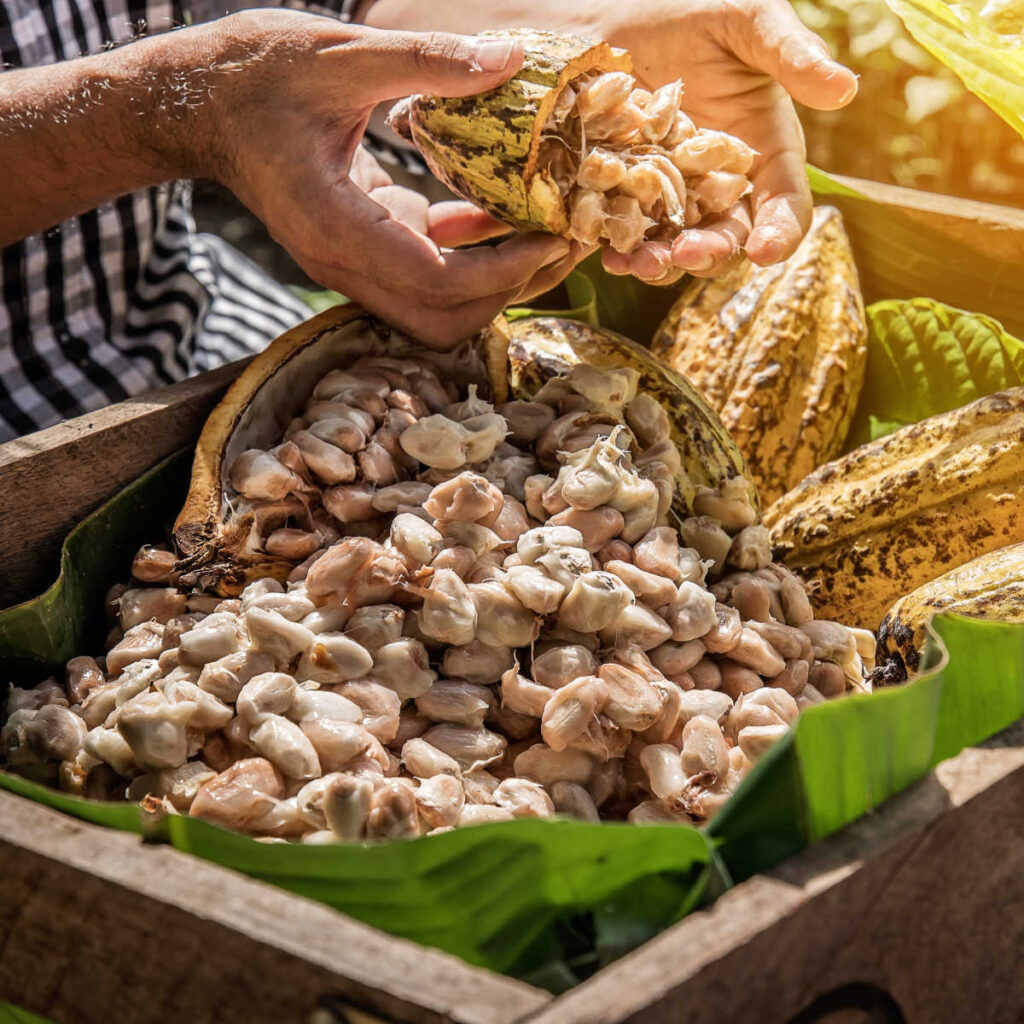
There are only three types of cocoa beans
There are three main types of cocoa beans: Criollo (Central America), Forastero (West Africa and South America), and Trinitario (all producing regions).
Forastero is the most widely grown variety of cocoa and accounts for around 80% of global cocoa production. It is known for its hardy nature and resistance to disease, making it a popular choice for commercial cultivation. Forastero beans are typically larger and more uniform in shape than other varieties, with a robust flavour and aroma.
Criollo is a less common variety of cocoa that is prized for its delicate flavour and aroma. It is considered to be a high-quality cocoa bean, but it is also more susceptible to disease and environmental factors, which makes it more difficult to grow. Criollo beans are typically smaller and more irregular in shape than Forastero beans, with a lighter colour and a more complex flavour profile.
Trinitario is a hybrid variety of cocoa that was developed in the mid-20th century by cross-breeding Forastero and Criollo plants. Trinitario beans combine the hardiness of Forastero with the flavour and aroma of Criollo, making them a popular choice for chocolate makers. Trinitario beans are typically medium-sized and have a range of flavours and aromas, depending on the specific variety and growing conditions.
The most expensive type of cocoa bean is Criollo
The most expensive cocoa bean in the world is the Criollo variety, which is known for its delicate flavour and aroma. Criollo beans are rare and difficult to cultivate, making them highly prized by chocolate makers and connoisseurs. They are grown in limited quantities in certain regions of Central and South America, as well as some parts of Southeast Asia and Africa.
The price of Criollo beans can vary depending on the specific variety, growing conditions, and market demand, but they are generally much more expensive than other varieties of cocoa beans such as Forastero and Trinitario. It’s worth noting that the price of cocoa beans can also be affected by factors such as weather, disease, and political instability in cocoa-producing regions.
The actual price per kg of Criollo cocoa beans depends on many factors, but on average, it’s around $3 per kilo.
There are between 20-60 cocoa beans in one cocoa pod
The number of cocoa beans in a pod can vary depending on the variety of cocoa tree and the growing conditions. On average, a cocoa pod contains between 20 and 60 cocoa beans.
One cocoa tree produces between 400 – 1800 cocoa beans per year
The number of cocoa beans produced by one tree per year can vary depending on the variety of cocoa tree, the climate and the soil where the tree grows.
On average, a mature cocoa tree can produce between 20 and 30 cocoa pods per year, with each pod containing between 20 and 60 cocoa beans.
This means that one cocoa tree can produce between 400 and 1800 cocoa beans per year. However, the yield can be affected by factors such as weather, disease, and pests, which can reduce the number of pods and beans produced.
You need about 1000 cocoa beans to make 1 kg of chocolate
So, we already know that one tree can produce from 400 – 1800 cocoa beans per year. Since 1000 cooca beans is about the average, I’ve worked out that that is just enough to make about two pounds of chocolate.
Raw cocoa beans are light brown
Raw cocoa beans are usually a light brown or beige colour. The color can vary depending on the variety of cocoa and the growing conditions.
Once the cocoa beans are harvested they go through a process of fermenting, drying and roasting which has an impact on their colour. The colour starts to change to darker brown or rusty red colour, which is the colour we normally associate with them.
In the cocoa pod cocoa bean are surrounded by cacao pulp
The pulp between cocoa beans in the pod is a white, sticky, and fleshy substance that surrounds the beans. It is also known as “cacao pulp,” “baba,” or “mucilage.” The pulp is edible and has a unique, sweet taste.
During the fermentation process, the pulp is left on the beans to help break down the outer shell and to add flavor to the beans. After fermentation, the beans are washed to remove the pulp and then dried. The pulp is also used to make juice, liquor, beverages, ice cream, and jam.
Cocoa bean is quite small
Cocoa beans are oval-shaped and typically range in size from about 1 to 2.5 centimeters (0.4 to 1 inch) in length. The size of cocoa beans can vary depending on the variety and growing conditions. When harvested, the beans are usually covered in a sweet, sticky white pulp that is about 2-3 centimeters (0.8-1.2 inches) thick. Once the beans are processed, they are roasted and then ground into cocoa powder or chocolate.
Cocoa beans were used instead of money
The Aztecs used cocoa beans as a form of currency and people paid their taxes in cocoa beans since they were highly prized and could be stored easily and for long periods.
The Aztecs believed that cocoa beans were a gift from their god Quetzalcoatl and that they had both economic and religious value. The cocoa beans were used in trade and commerce, and their value was based on their weight. For example, one turkey egg was worth three cocoa beans, while a small rabbit was worth 30 cocoa beans.
The Aztecs also used cocoa beans as a form of tribute payment to their rulers. The cocoa beans were highly prized and were used in religious ceremonies and as a form of payment for taxes and other obligations. It’s quite amazing to know that small cocoa beans were more precious than money and helped to facilitate trade and commerce throughout the Aztec empire.
Cocoa beans contain naturally occurring flavonoids
these are also connected to a reduced risk of cardiovascular disease and some cancers.
You can eat cocoa beans raw
Whist it’s true that you can eat raw cocoa beans straight from the cocoa pod, they are quite bitter and have a tough outer shell.
Some people might be sensitive to the high concentration of theobromine in raw cocoa beans and much experience nausea, trembling, and sweating if they eat too many raw cocoa beans.
What normally happens is that cocoa beans are dried, roasted and chipped into cocoa nibs. Cocoa nibs are great to use as a toppings for breakfast granola or porridge.
That’s enough cocoa beans facts for the moment. All these fascinating cocoa beans facts has made me quite hungry. And what for? More chocolate of course? So, back to work for us!
Until the next time – happy chocolate eating!
Magdalena
Traditional Sweets & Chocolate History
- Wartime Sweets History >>
- Victorian Sweets & Chocolates >>
- History of Traditional Sweets in 1920s & 1930s >>
- History of Traditional Sweets in 1940s >>
- History of American Sweets >>
- Traditional Sweets in 1970s >>
- History of chocolates in 1980s >>
This blog post was originally written on 16 August 2017 and last updated on 5 May 2023
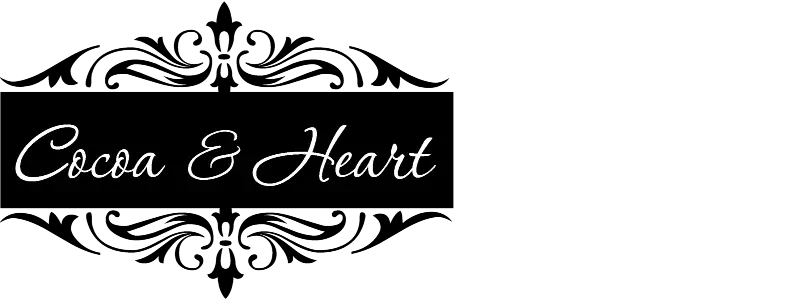
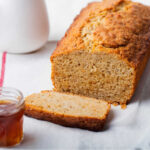
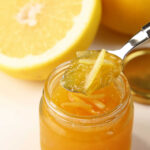

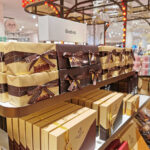

Leave a Reply